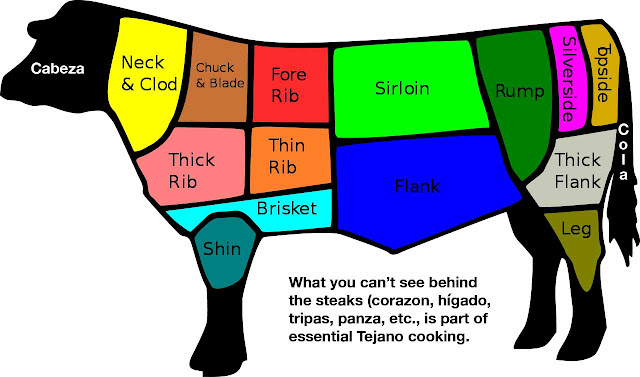Violence and politics, always a Duval staple

James O. Luby While doing research for a Civil War paper I am working on, I have been researching Nueces County Commissioner Court minutes to see how Tejanos were involved in the political life of their county during the conflict between the North and South. Duval County was not yet organized and was attached to Nueces County. Recently, I ran across a trove of names that will, no doubt, be a small mine for genealogists. What is also interesting, is that I was able to connect several of the names to other research I have done, which contributes to a more meaningful story rather than just names. In 1874, James Luby was the Justice of the Peace for Nueces County Precinct 3, which included San Diego and the surrounding area. First, I should point out that under state law during Reconstruction “police courts” oversaw county operations. Instead of a County Judge and Commissioners, five Justices of the Peace ran the county. At the court’s Jan. 31, 1874 meeting, N.G. Collins, E. A. Glover, and
